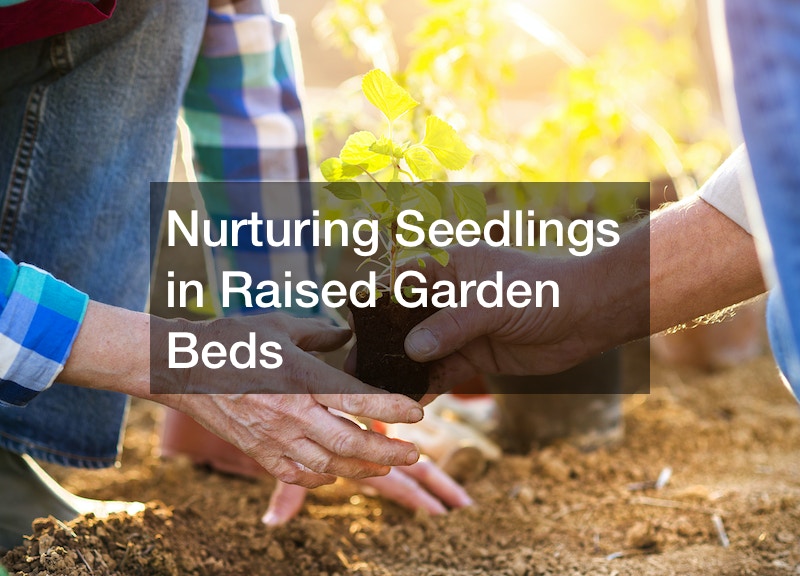
Transplanting seedlings is a critical step from germination to a thriving garden. Timing is key, with smaller trays requiring transplanting within two to three weeks post-germination, while larger trays offer a more extended window of about three to four weeks.
Preparing seedlings for their new environment involves a process known as hardening off. Gradually exposing them to increasing amounts of direct sunlight readies them for the great outdoors. As the transplant day approaches, ensure both the seedling tray and the raised garden bed are thoroughly moistened. This not only benefits the plant’s roots but also facilitates the smooth removal of seedlings from the tray.
When the soil is adequately moistened, it’s time to make planting holes in the raised garden bed. Gently lift each seedling from the tray, being mindful to preserve the roots and soil around them. Placing them in the pre-dug holes, fill in the gaps with soil, pressing down lightly to eliminate any potential air pockets around the roots. In the days following transplantation, a vigilant watering routine is essential. Keep the top layer of soil consistently moist to provide the freshly transplanted seedlings, now in their raised garden bed, with the moisture they need to establish themselves in their new home. Repeat this process for each seedling, ensuring the successful growth of your garden in its raised environment.
.





